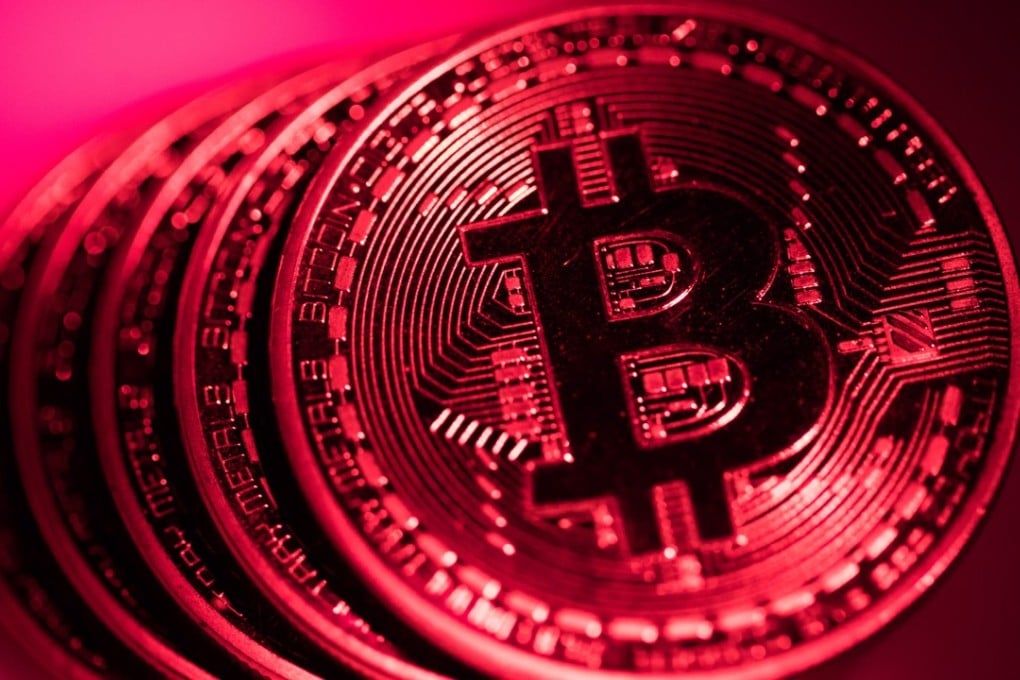What happened to initial coin offerings in China?
The country was the first to ban the practice of fundraising using virtual currencies and has now cut access to overseas ICO platforms

In the latest shot in its war on virtual currencies, China earlier this week blocked all websites related to cryptocurrency trading and initial coin offerings (ICOs), including foreign platforms, after banning domestic ICO operations at the end of last year.
The latest move effectively brings to an end all forms of activity related to digital currencies in what was until just recently the world’s biggest market for bitcoin and other virtual money.
The crackdown began last September with a ban on domestic ICOs, as authorities worried about corruption, fraud and the possibility of social unrest that could follow any losses from unregulated financial activity.
ICOs are a form of crowdsourced fundraising by which companies exchange their newly created cryptocurrencies – called tokens – for payment in an existing currency, which can be cash or an established cryptocurrency. ICO investors profit when their tokens gain in value at a faster rate than the currency they used to pay for them.